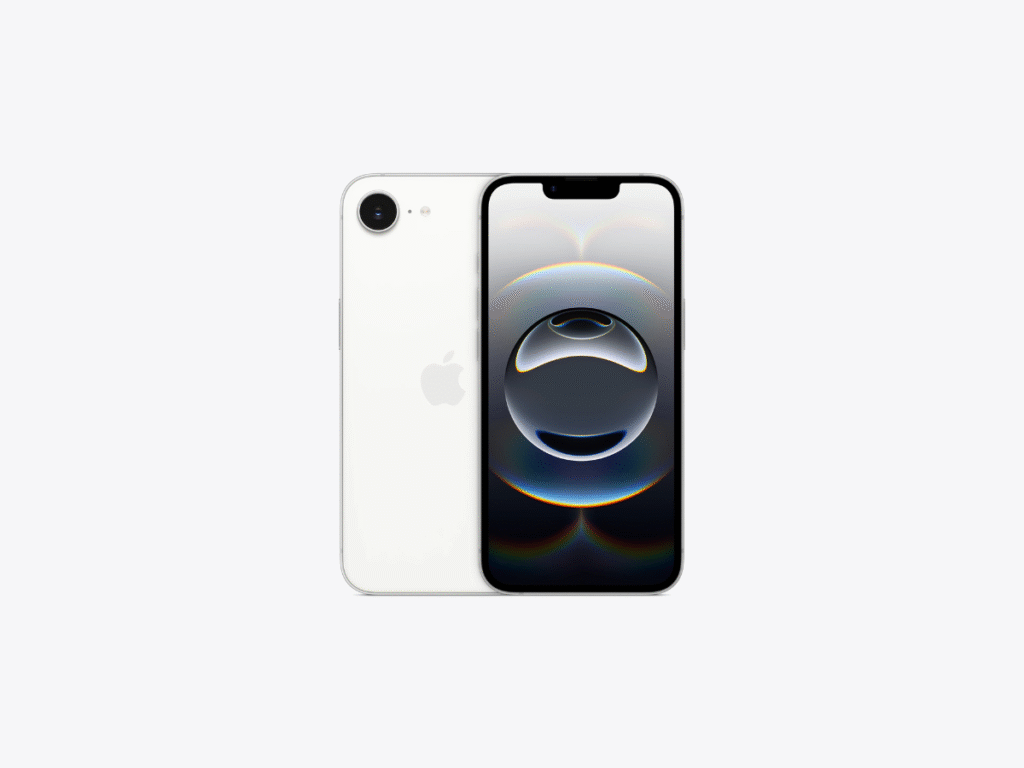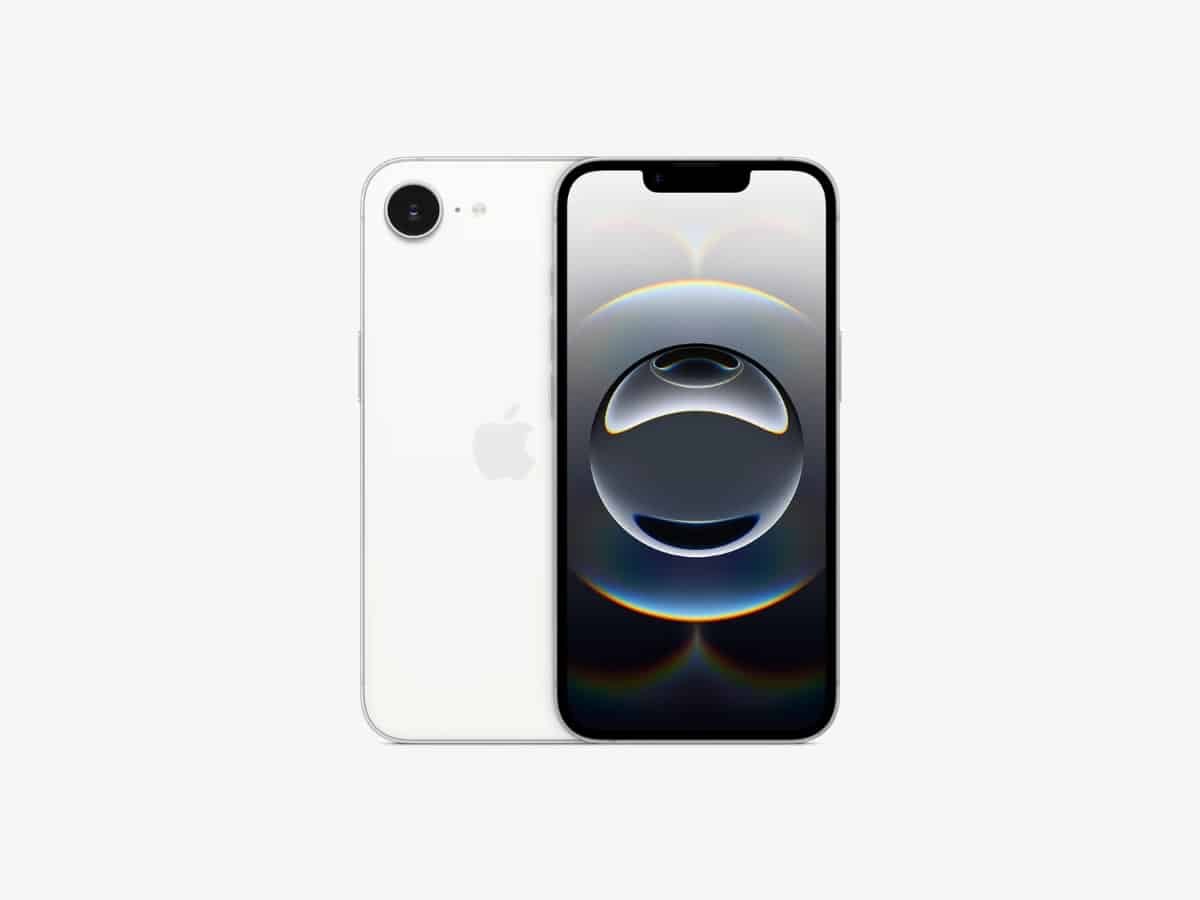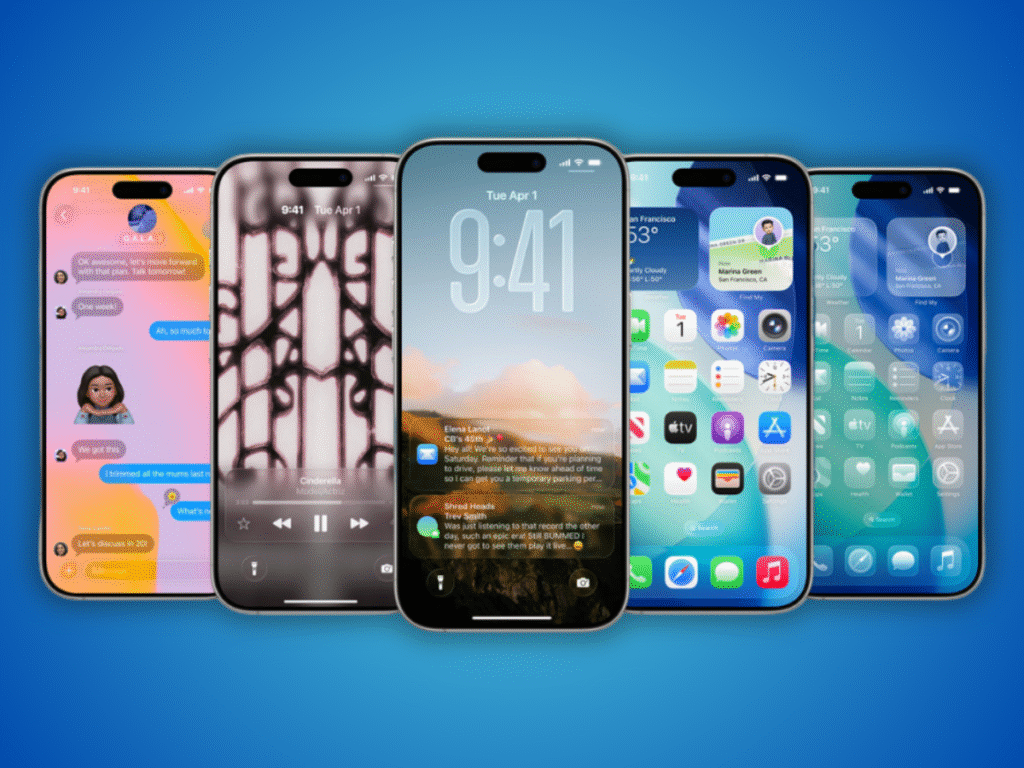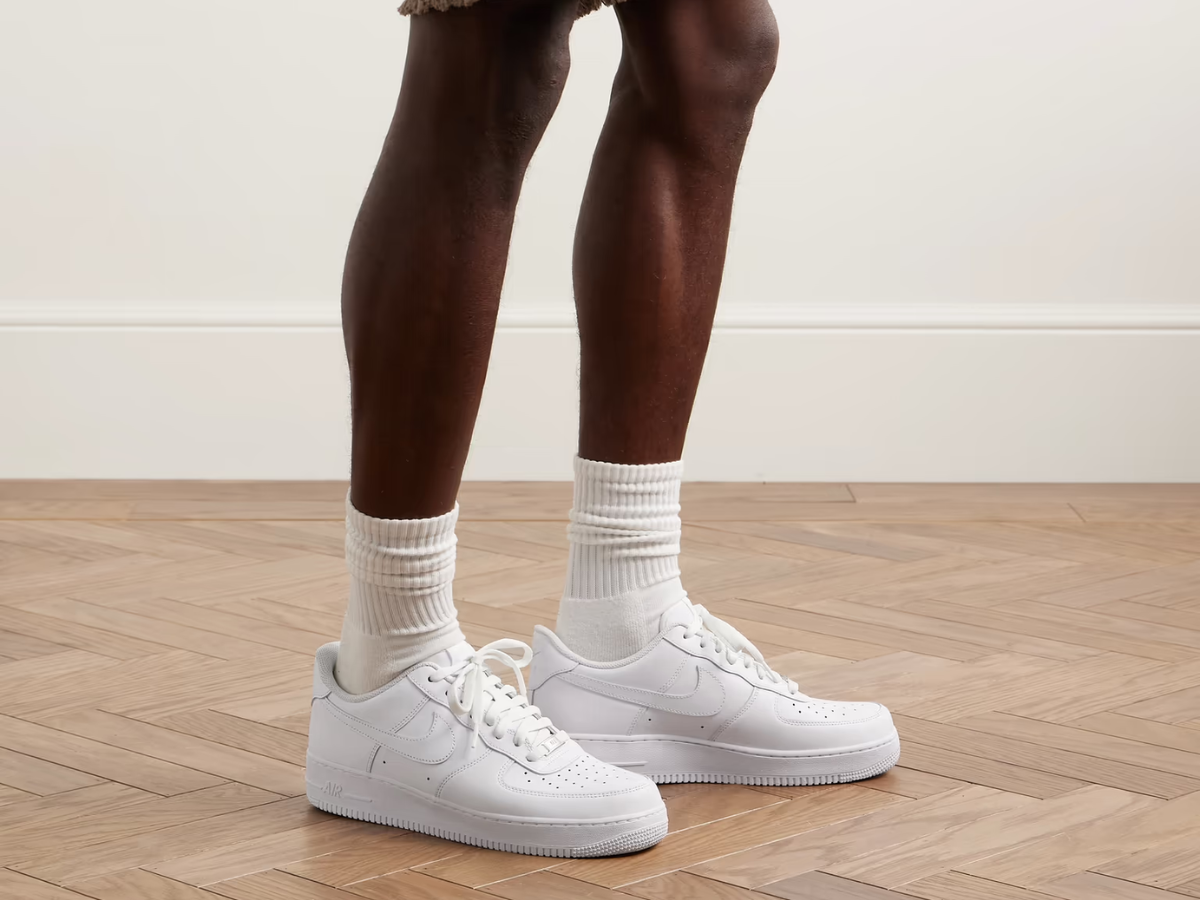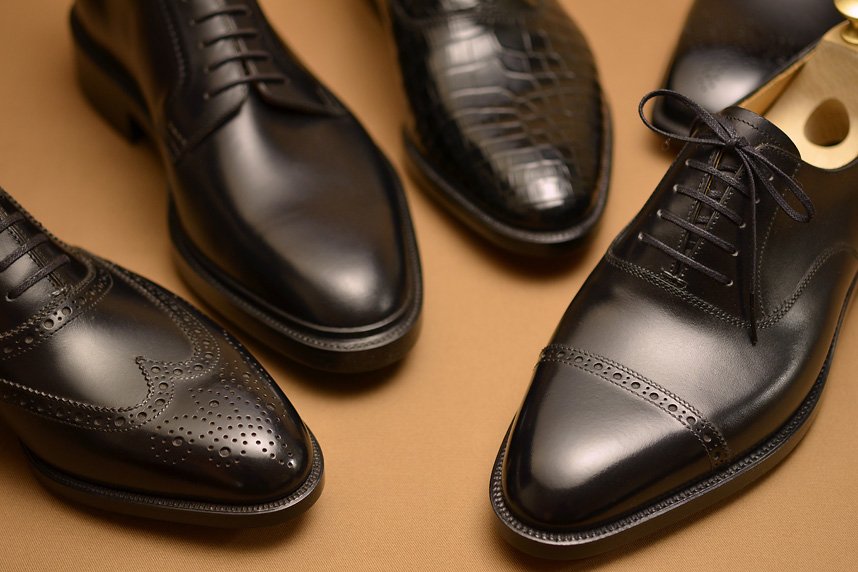For years, Apple has convinced us that owning an iPhone meant shelling out a small fortune. Sleek, powerful, and iconic? Absolutely. Affordable? Not so much. But now, with the iPhone 16e, Apple is changing its own story. After months of speculation and leaks, the company has finally revealed its next “budget” iPhone, and it’s poised to make a big impact.
Launching on 28 February 2025, the iPhone 16e starts at USD $599 (and climbs to USD $999—remember this is Apple’s idea of being affordable). It offers a significant upgrade from the SE that debuted back in 2022, providing buyers with more than just a taste of flagship features at a more accessible price point.
Design-wise, the 16e draws inspiration from the iPhone 14’s chassis, updated with a USB‑C port and a single 48MP ‘fusion’ wide-angle lens camera on the rear. It also adopts some features from Apple’s latest phones, including the addition of the ever-handy action button, making the device feel much more modern than its “budget” label suggests.
The iPhone 16e’s internals have received a significant upgrade, aligning with the recently launched—and well-received—iPhone 16, ensuring smooth performance and long-term dependability. The outcome? A device that feels premium, performs like a flagship, and costs much less than what we usually expect from Cupertino. The iPhone 16e could very well be the game-changer we didn’t realise we needed.
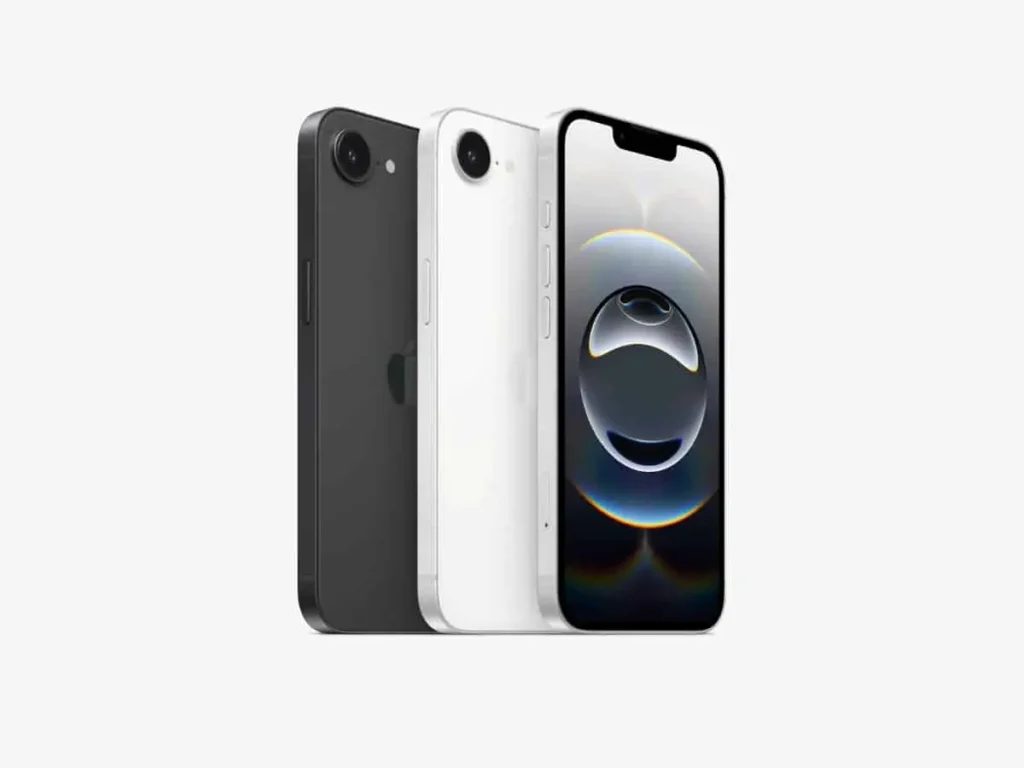
While the new iPhone 16e is definitely a more affordable entry point into the Apple ecosystem, that doesn’t mean it’s necessarily a budget device. In fact, it’s built with similar components to the recently released iPhone 16, with a few differences to help keep the price lower. You’ll find a single 48MP wide‑angle camera on the back and a slightly smaller battery, but the performance remains impressively solid.
Apple’s new A18 chip, the same powerhouse used in the company’s flagship phones, offers fast, smooth performance and is central to Apple’s mobile AI strategy. It also provides an improved Siri experience at a lower price than last year.
Another noteworthy addition is the Apple-designed Wi‑Fi chip, making its debut in the 16e. This is the first time Apple has introduced it in a device, likely testing its real-world performance before launching it in the upcoming iPhone 17 series later this year. It’s a bold move that demonstrates Apple’s commitment to tighter integration across its hardware.
Here’s the full spec sheet for the new iPhone 16e, as well as a side‑by‑side comparison with the iPhone 16.
| Features | iPhone 16e | iPhone 16 |
| Price | From USD $599 | From USD $799 |
| Display | – 6.1” Super Retina OLED Display – 2536 × 1170 resolution – Ceramic Shield Glass | – 6.1” Super Retina OLED Display – 2556 × 1179 resolution – 60Hz Max Refresh Rate – Ceramic Shield Glass |
| Operating System | iOS 18 | iOS 18 |
| Internals | – Processor: A18 – RAM: 8GB – Storage: 128GB, 256GB, 512GB | – Processor: A18 – RAM: 8GB – Storage: 128GB, 256GB, 512GB |
| Networking | – 5G – Wi‑Fi 6 – Bluetooth 5.3 – NFC Capable | – 5G – Wi‑Fi 7 – Bluetooth 5.3 – NFC Capable |
| Camera | – Front: 12MP – Rear: 48MP (wide) – 4K up to 60fps – 1080p slow motion @240fps | – Front: 12MP – Rear: 48MP (wide), 12MP (ultrawide) – 4K up to 60fps – 1080p slow motion @240fps |
| Battery | Not Confirmed | 3,500mAh |
| Other Features | – Single USB 2.0 Type‑C port – Face ID – Qi Wireless Charging Compatible – IP68 dust/water resistant (up to 6m for 30 mins) – Apple Intelligence | – Single USB 2.0 Type‑C port – Face ID – Qi2 Wireless Charging Compatible – IP68 dust/water resistant (up to 6m for 30 mins) – Apple Intelligence |

At first glance, the iPhone 16e might give you a strong sense of déjà vu — and that’s no accident. Apple has based the 16e’s design heavily on the iPhone 14’s chassis, maintaining that familiar sleek profile fans already know and love. But look a little closer, and you’ll notice some thoughtful updates that align it more closely with Apple’s newer devices.
The most obvious change? Apple has finally switched to a USB‑C port on the 16e. It’s a move that not only addresses years of fan requests but also keeps the phone future‑proof as more devices (and regulations) shift toward universal charging.
Flip the phone over, and you’ll see a single 48MP wide‑angle lens sitting confidently on the back. Sure, it skips the extra ultrawide camera found on flagship models, but the upgraded main sensor easily keeps up, delivering sharp, vibrant photos in a variety of lighting conditions.
And let’s not overlook the inclusion of Apple’s convenient action button, borrowed from its latest premium models. It’s a small feature that makes a significant difference, providing quick access to your most-used functions without rummaging through menus. The result? A device that still looks and feels like an iPhone — only now with a few modern tricks up its sleeve.

While many of the priciest phones on the market have their place (mainly in the pockets of content creators and tech enthusiasts), the truth is that most people don’t really need them. Basic phones have often been more than sufficient, and the iPhone 16 is a great example — a device that provides about 95 per cent of what its more expensive “Pro” sibling does, often making it the smarter choice.
That value has become even more attractive as the cost‑of‑living crisis affects the world. Fewer people are willing to spend a large amount of money just because a sleek ad campaign urges them to. And this, in many ways, is exactly where the iPhone 16e fits in.
Apple’s SE line has traditionally struggled to feel like a true mass-market product. It was promoted as the “budget” option, but often, it attracted a narrower audience — people who weren’t tech-savvy or those who knew exactly what they wanted and didn’t care about the rest. The 16e, however, feels like a shift. It’s positioned as a phone that could appeal to nearly everyone, offering much of what makes the iPhone 16 so attractive, just in a more affordable chassis.
Still, USD $599 isn’t exactly pocket change. For a device marketed as Apple’s budget-friendly option, it’s not what many would call cheap. However, compared to the rising costs of other flagship phones, it definitely feels like a step in the right direction.
Apple isn’t the only company rushing to attract budget-conscious shoppers. Recently, Nothing announced its upcoming Nothing Phone (3a), a more affordable version of the still-unreleased Phone (3). Meanwhile, Google is expected to reveal the Pixel 9a in the coming months, intensifying the competition.
If the early signs are any indication, 2025 looks set to be the year when the smartphone market shifts focus towards budget‑conscious consumers. And with the 16e, Apple is making sure it’s first in line at the starting gate.
The iPhone 16e is set to launch on February 28, with pre-orders starting on February 22. Prices start at USD $599.
